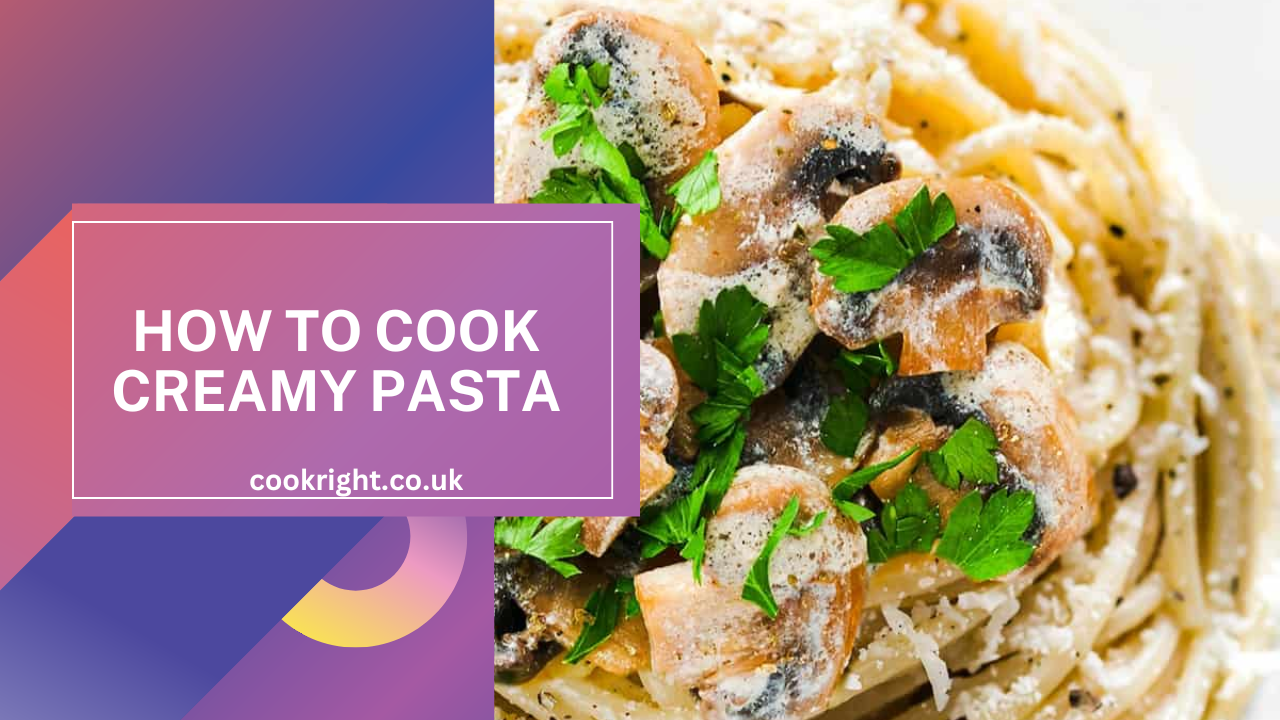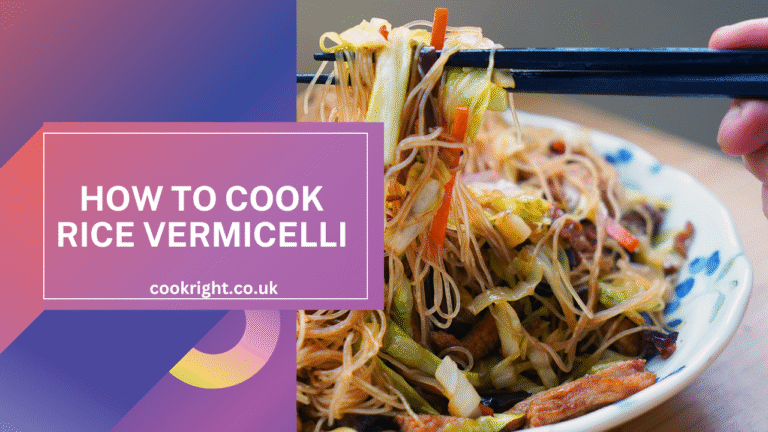There are few meals as universally loved and comforting as a plate of creamy pasta. Whether you’re craving a rich Alfredo, a garlic-infused cream sauce, or something with mushrooms and chicken, the base technique for making creamy pasta remains the same: balancing flavors, texture, and timing to achieve that silky, satisfying sauce that clings to every strand of pasta.
In this guide, you’ll learn how to make creamy pasta from scratch — from choosing the right pasta to creating the perfect sauce consistency and finishing it like a pro.
Ingredients You’ll Need
Before you begin, gather your ingredients. For a basic creamy pasta, you’ll need:
- Pasta: Fettuccine, spaghetti, penne, or tagliatelle are best for creamy sauces.
- Butter: Adds richness and helps start your sauce base.
- Garlic (minced): Provides aromatic flavor and depth.
- Heavy Cream: The star ingredient for that smooth, luscious texture.
- Parmesan Cheese (grated): Thickens the sauce and adds a nutty, salty flavor.
- Salt and Black Pepper: For seasoning and balance.
- Olive Oil: Helps cook the pasta and prevents sticking.
- Optional Add-ins: Cooked chicken, shrimp, mushrooms, spinach, or bacon for variety.
Step 1: Choose and Cook the Pasta
The foundation of any good creamy pasta lies in the pasta itself.
- Boil water: Fill a large pot with water, add a generous pinch of salt (this seasons the pasta as it cooks).
- Add pasta: Once boiling, add your chosen pasta and cook according to package directions, usually 8–12 minutes depending on the type.
- Reserve pasta water: Before draining, scoop out about one cup of the starchy pasta water. You’ll use this later to adjust the sauce consistency.
- Drain but don’t rinse: Draining is fine, but avoid rinsing the pasta—those surface starches help the sauce stick better.
Step 2: Prepare the Creamy Sauce
Now comes the heart of the recipe — the sauce that ties everything together.
- Melt butter: In a large skillet over medium heat, melt 2 tablespoons of butter.
- Sauté garlic: Add minced garlic and cook for about 30 seconds to 1 minute until fragrant. Be careful not to burn it.
- Add cream: Pour in 1 cup of heavy cream and stir well. Allow it to simmer gently for 3–4 minutes.
- Season: Add salt and freshly ground black pepper to taste. You can also include a pinch of nutmeg for extra warmth.
- Add cheese: Slowly stir in ½ cup of grated Parmesan cheese. Continue stirring until the sauce thickens and becomes smooth.
If you want extra flavor, you can add sautéed mushrooms, cooked chicken, or crispy bacon at this stage.
Step 3: Combine Pasta and Sauce
Now that both the pasta and sauce are ready, it’s time to bring them together.
- Add pasta to sauce: Toss the cooked pasta directly into the skillet with your creamy sauce.
- Add pasta water: Gradually add a few tablespoons of the reserved pasta water while stirring. This helps the sauce cling better and creates a glossy texture.
- Mix thoroughly: Stir and toss until the pasta is evenly coated and the sauce is smooth.
You can adjust the consistency — if the sauce feels too thick, add a little more pasta water; if it’s too thin, cook it for a minute or two longer to reduce.
Step 4: Garnish and Serve
Presentation is part of the experience.
- Garnish: Sprinkle extra Parmesan cheese, freshly ground pepper, and a handful of chopped parsley or basil for a pop of color.
- Serve hot: Creamy pasta is best enjoyed immediately while it’s warm and silky.
Optional Variations
Want to take your creamy pasta to the next level? Try these variations:
- Chicken Alfredo: Add grilled or pan-seared chicken slices to your sauce.
- Shrimp Cream Pasta: Stir in sautéed shrimp for a seafood twist.
- Mushroom Cream Pasta: Use butter-sautéed mushrooms for an earthy, umami-rich flavor.
- Spinach and Tomato Cream Pasta: Add spinach leaves and cherry tomatoes for color and freshness.
- Spicy Cream Pasta: Mix in chili flakes or Cajun seasoning for a bit of heat.
Tips for Perfect Creamy Pasta Every Time
- Use full-fat cream — low-fat versions tend to curdle or separate when heated.
- Don’t overcook pasta — slightly al dente pasta holds up better and continues to cook a bit in the sauce.
- Grate cheese fresh — pre-grated cheese often contains anti-caking agents that affect the sauce texture.
- Control the heat — always simmer gently to avoid burning or splitting the cream.
- Balance flavors — taste as you cook and adjust seasoning, adding salt, pepper, or cheese as needed.
Final Thoughts
Cooking creamy pasta is not just about following a recipe — it’s about mastering the balance of texture and flavor. The smoothness of the sauce, the tenderness of the pasta, and the aroma of garlic and cheese all come together to create a dish that feels indulgent and heartwarming.
With practice, you’ll find your preferred ratio of cream to cheese and discover which pasta shape best absorbs your sauce. Whether served plain or with delicious add-ins, creamy pasta is always a crowd-pleaser — perfect for family dinners, date nights, or just when you crave something rich and comforting.




